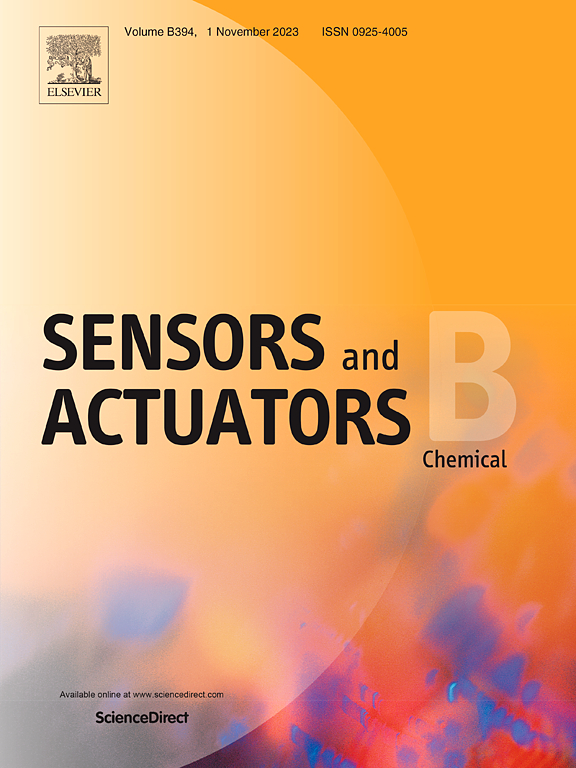Integrated microfluidic device of DNA extraction, recombinase polymerase amplification and micro-capillary electrophoresis for sample-to-answer detection of Salmonella Typhimurium
IF 8
1区 化学
Q1 CHEMISTRY, ANALYTICAL
引用次数: 0
Abstract
Foodborne pathogens pose a significant global health threat, leading to millions of illnesses and deaths annually. Our study introduces an integrated microfluidic chip for rapid molecular diagnostics of foodborne pathogens. The proposed device can perform DNA extraction, recombinase polymerase amplification (RPA), and micro-capillary electrophoresis (µCE) in a sequential manner. With a compact copper-based thermal unit for RPA and precise on-off power supply for the µCE, we could achieve swift detection InvA gene of Salmonella Typhimurium within 75 min. The entire process includes 10 min for sample lysis, 10 min for genomic DNA extraction, 50 min for the RPA reaction, and 5 min for µCE operation and peak assignment. Within 5 min, we were able to detect the presence of the InvA gene of S. Typhimurium (161 bp) with a LOD of 103 CFU/mL in both bacterial culture and spiked milk samples. We used a short bracket ladder (121 bp) and a long bracket ladder (203 bp) to accurately assign the target peak in the electropherogram, and the relative migration time of target gene over two bracket ladders was 0.449 ± 0.0094. Notably, our platform is compact, with all components neatly arranged within a 3D printed frame measuring 12 cm (width) × 14 cm (length) × 2.7 cm (height), excluding the in-house detector. This integrated microsystem from the sample injection to the CE analysis presents promising prospects for advanced on-site pathogen detection, and lays the groundwork for future molecular diagnostic platform to combat foodborne illnesses and understanding of pathogen genome and variations.
求助全文
约1分钟内获得全文
求助全文
来源期刊

Sensors and Actuators B: Chemical
工程技术-电化学
CiteScore
14.60
自引率
11.90%
发文量
1776
审稿时长
3.2 months
期刊介绍:
Sensors & Actuators, B: Chemical is an international journal focused on the research and development of chemical transducers. It covers chemical sensors and biosensors, chemical actuators, and analytical microsystems. The journal is interdisciplinary, aiming to publish original works showcasing substantial advancements beyond the current state of the art in these fields, with practical applicability to solving meaningful analytical problems. Review articles are accepted by invitation from an Editor of the journal.
 求助内容:
求助内容: 应助结果提醒方式:
应助结果提醒方式:


